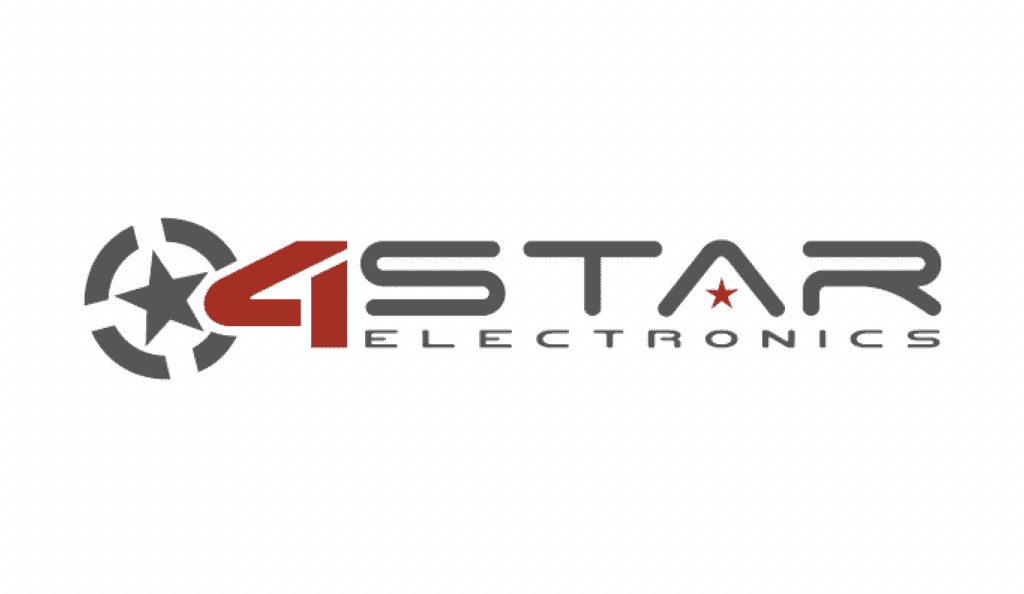4 Star Electronics encourages purchasing professionals to develop and deploy a proactive and strategic approach to avoid the pitfalls of component obsolescence
Sourcing obsolete electronic components is a significant challenge that can disrupt production, increase costs and jeopardize product quality. Obsolete components can be hard to find, leading to long lead times or even the inability to source required parts. As components become obsolete, the supply diminishes over time. It’s not uncommon to find the last remaining available stock has been depleted, leaving buyers with no source of replacement parts.
When a component reaches end-of-life, they typically become scarce, which drives up prices. If sources are limited, some sellers may take advantage andunreasonably inflate prices.
Another significant risk when sourcing obsolete electronic parts is counterfeit components which can be substandard, unreliable or even dangerous. It’s imperative that buyers have good sources of supply or a comprehensive plan to counteract this.
It is also important to appreciate that obsolete components may have been sitting on shelves for years with their quality deteriorating over time due to moisture, temperature fluctuations and handling.
Solutions to these issues start with establishing a dedicated obsolescence management team comprising experts in the electronics industry, market trends and component lifecycles. The team can monitor components’ lifecycles—from introduction through maturity and into obsolescence—identifying potential issues in advance. Market intelligence tools and services provide insights into industry trends, emerging technologies and components’ overall lifecycle. Some tools provide real-time status updates of component inventory.
Buyers should also maintain an inventory of critical components at risk of obsolescence. Buffer stock helps mitigate the impact of sudden obsolescence announcements. Holding excess inventory—and the costs associated with that— can be tricky but is essential for ensuring the right parts are available when needed.
By building strong relationships with component manufacturers and their authorized distributors, buyers can gain insight into their product roadmaps and plans. This information can help anticipate potential obsolescence issues.
Single sourcing critical components is risky. Work on diversifying the supplier base by engaging with a specialist independent distributor who can help procure material from the open market when other options are unavailable. Many independent distributors have processes in place
for bill-of-materials and lifecycle analysis, plus vendor management, kitting and
full purchasing outsourcing. The top tier independent distributors provide validated material and support counterfeit avoidance initiatives through in-house inspection and test, typically based on the Independent Distributors of Electronics Association’s IDEA-STD-1010 visual inspection standard or the SAE’s AS6081 and AS671 aerospace standards for counterfeit electronic parts. If advanced testing techniques—such as full functional electrical testing— are required, independent distributors have relationships with established test labs to meet validation requirements.
Prioritize testing and reliability assessment of components in the inventory to help ensure components meet quality and performance standards and have not deteriorated over time.
Regularly perform risk assessments to help review and refine obsolescence management strategies to adapt and improve processes to better respond to changing conditions.

